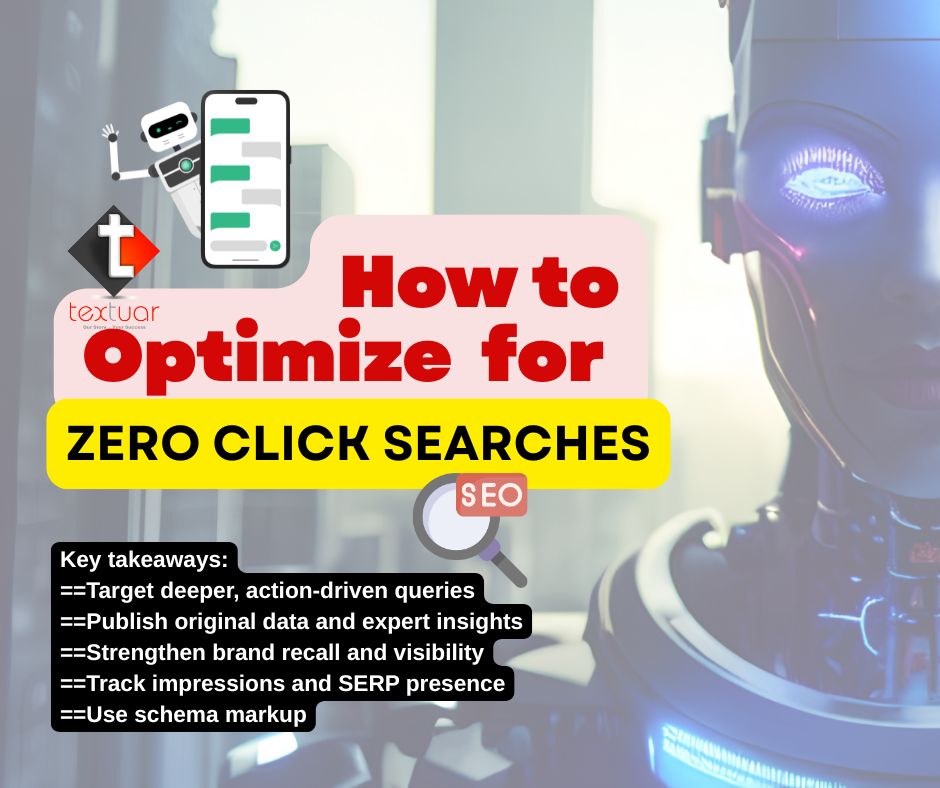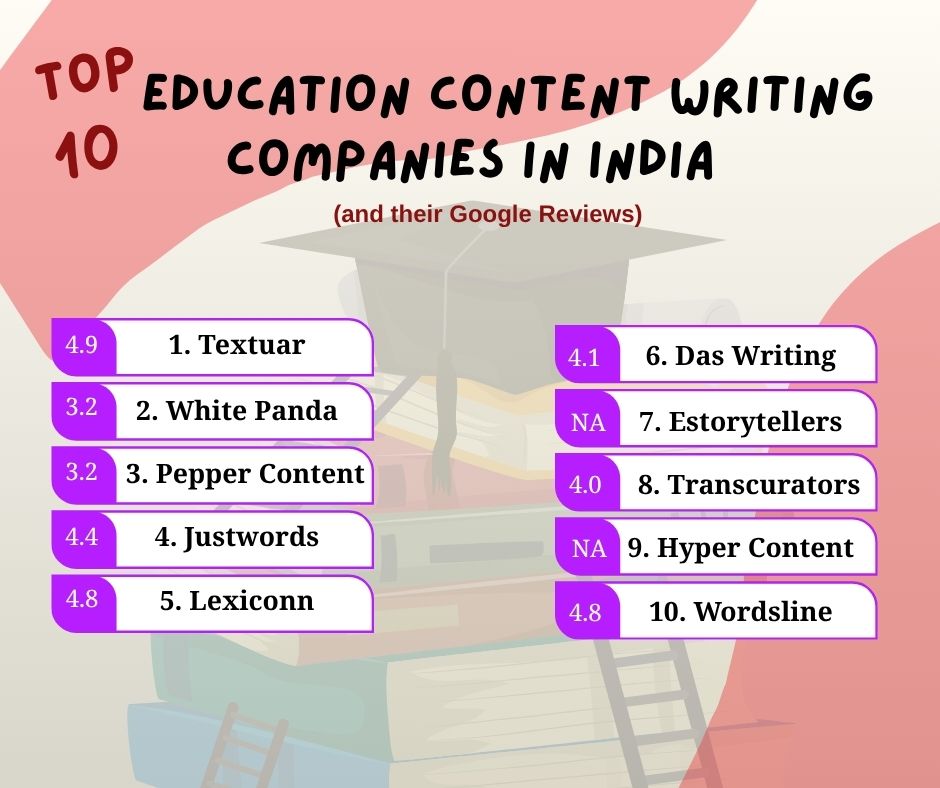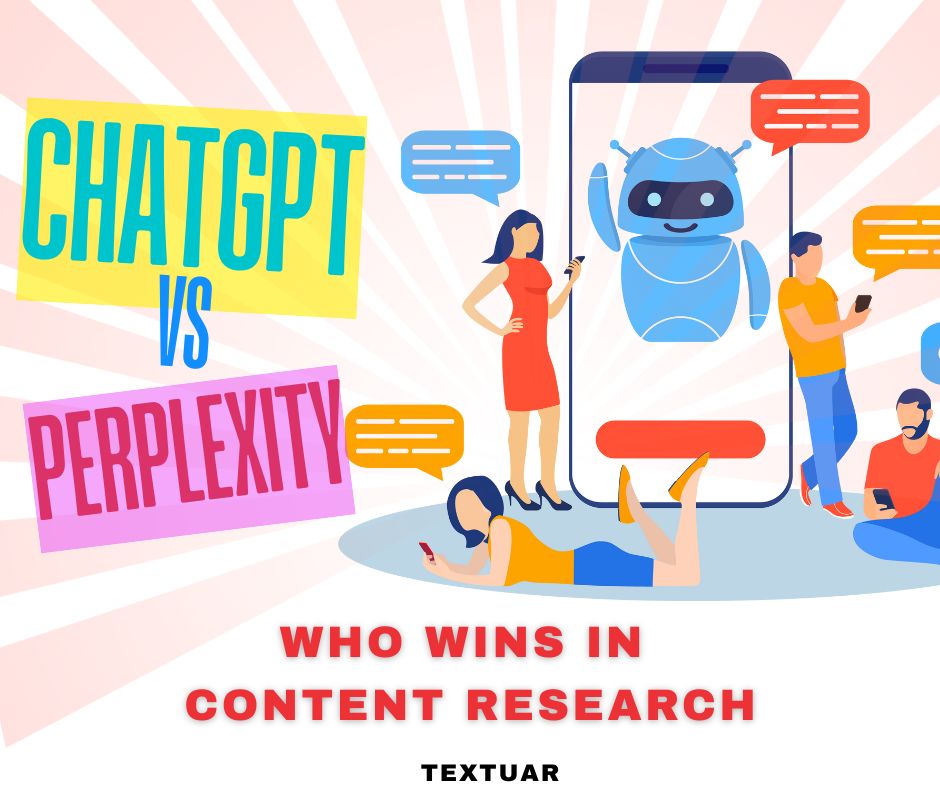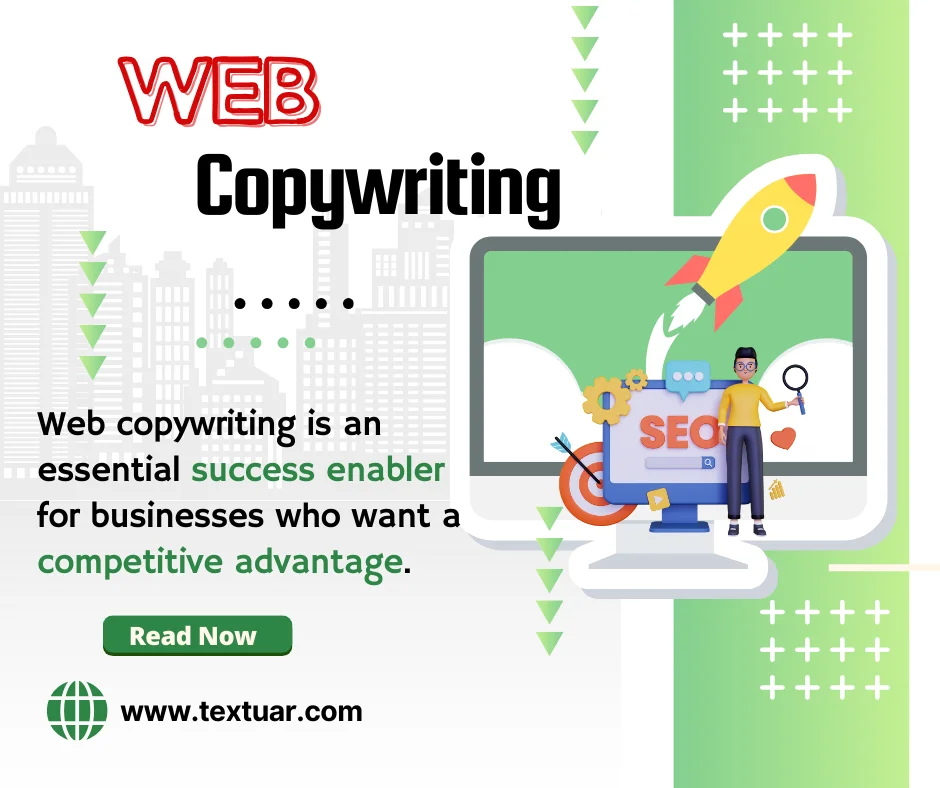Yes, we start this blog with a positive thought. But just like other positive things in life, this thought needs commitment and taking little steps a day, to build an eventual positive outcome. Developing an eBook is no different. Many authors may get a bit rattled at the thought of investing significant time in developing an eBook. With the scale of research and constant collaboration with client involved, content producers may not be absolutely thrilled at the prospect of developing eBook.
The good news
The good news is that eBook content can be completed in as less as 30 days. Yes you heard that right. With discipline and commitment, this can be accomplished pretty easily. Let’s go through how the schedule will look like when you get down to wrap up the eBook content creation in just 30 days.
1. Day 0
Get a brainstorming session done with client to understand the objective behind the eBook
2. Day 1, 2
Fine tune the idea further. Keep in mind that the subject of the eBook should NOT be what you like writing, but what the users want to read. Having a specific idea will make sure that you do not veer off the topic. This is the only way you would get the desired visibility and get the eBook to sell well.
Do not play with multiple ideas. Keep a definite single idea with well-formed boundaries to ensure that the eBook remains crisp and to the point.
3. Day 3, 4
Organize your train of thoughts before getting down to actual content development. It can be as simple as using Evernote to list down the thoughts, or as elaborate as using a mindmap. Jotting these points is like setting milestones towards your journey to completing the e-book.
Have a look at the structure of other eBooks. Also examine other content on a similar subject to gain a holistic knowledge exposure.
4. Day 5 to 26
Write! That’s correct. A very substantial portion of the time has to be allotted to writing the actual content. Break up the entire task into smaller portions and you will know for sure on how many words needs to be crafted per day. Take the below instance
No. of chapters = 6
Pages in each chapter = 6
Words in each page = 250
Total words = 9000
Words per day (to be completed in 20 days) = 450
If you can churn out 300 words in an hour, then a couple of hours daily is all it takes to complete your endeavor by the 26th of the month.
Don’t edit while you write. Keep both the steps separate so that the flow of ideas is not hampered by the editing process. Dedicate two days separately for the editing work.
5. Day 27
Take a break!
6. Day 28-29
Now disassociate yourself from your hard work and take up the blunt copy editing and proofreading work. The break in between will help you with this disassociation process. Correlate the actual content with the outline developed initially for a broad level understand of content covered. Then take a deep dive and check for
- Grammar,
- Spelling and Punctuation
- Sentence Structuring
- Logical Flow of Content
- Duplication of Content
- Any left out material yet to be included
Start the second proofreading process from backward and trick your brain to be more alert in spotting anomalies.
7. Day 30
Do a final round of check and send it out for publishing.
Get a close peer’s review about the eBook on the last day, to help sort out any glaring problems before its publishing to the world. An unbiased neutral view will help you release a much better content.
To wrap up, take care of these critical pointers and get going on your
- Time-bound plan is an absolute must
- Keep writing daily in smaller amounts so that you don’t remain unproductive for your other commitments
- Initial scoping will encourage you to finish faster
About the author
Hanif Hasan is the co-founder and managing partner of content writing agency in India Textuar Communications LLP. He specializes in helping client businesses to communicate with their intended audience, by crafting the right message conveyed in a purpose-driven manner. He helps companies and digital marketing teams target their customers better by connecting with them in an appealing and engaging way.











